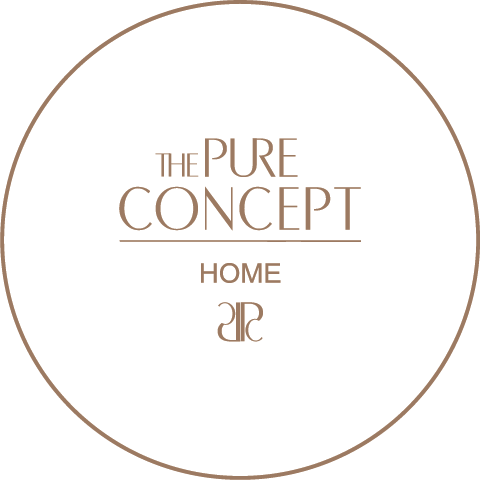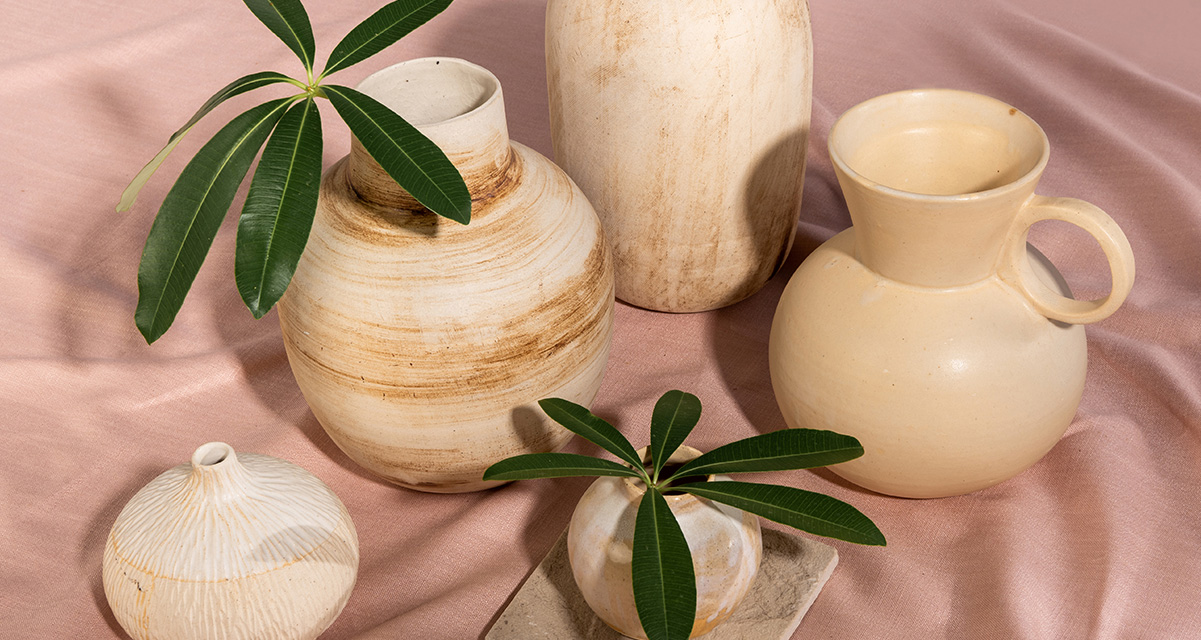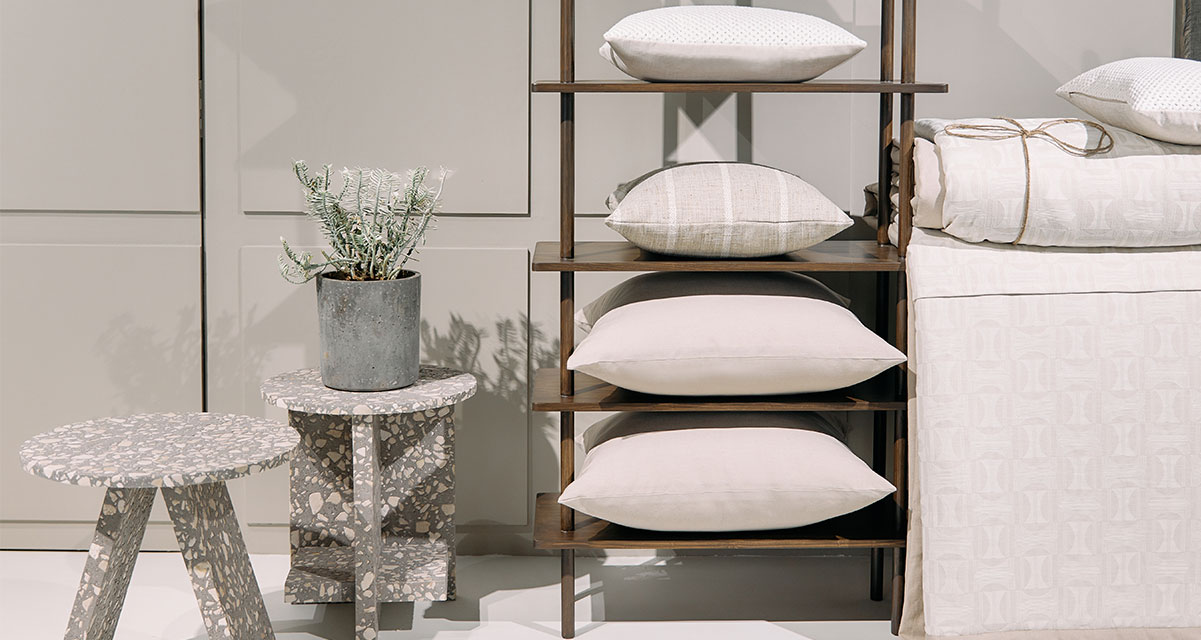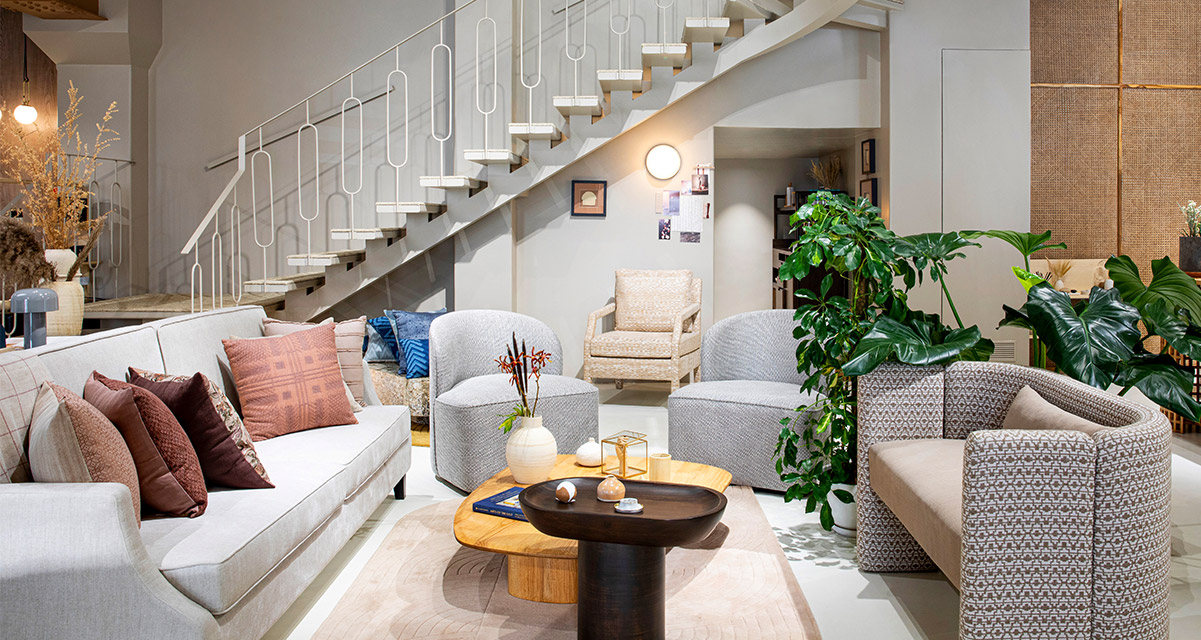
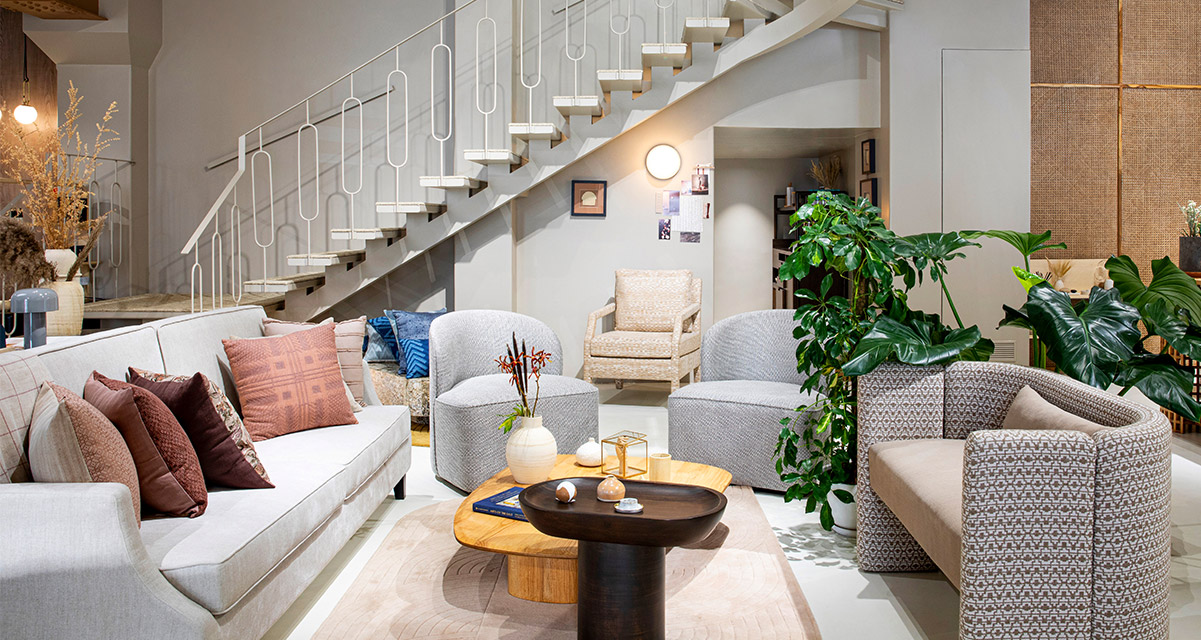
Green & Happy: Plants for your Contemporary Home
Plants are amongst the most intuitive choices for styling interior or outdoor spaces. Their beauty creates a mood-uplifting effect with near-instantaneous vibrancy and freshness; not to mention the fact that they can help ease stress and anxiety, and even act as natural purifiers.
Here are some key ideas to consider when choosing house plants as home décor accessories:
Size (or Height):
Our Founder and Creative Head Chanya Kaur describes how size or height of plants ties in to the overall idea of scale:
“We always approach the art of table styling or décor from the perspective of layering: with plants, we think of mixing different sizes and scales, to create a sense of depth with the pots and plants.
Scale is a very important consideration, be it with indoor or outdoor plants. It applies not just to size and height but also to colour. With green, various tones create varying depths of intensity and enrichment of texture.
Details like silhouettes also contribute to the overall effect of size, height, or scale. Shapes of leaves, or even those of planters and pots, make a difference to the impact of an overall pleasant atmosphere.”
This also applies to corners or pathways that lead from the indoors to the outdoors, such as a lobby, or connecting staircase, or French windows.
If you’re looking for a singular statement piece for a drawing room, or porch, rubber plants can be the ideal choice. Available in varying heights, and able to thrive in varying temperatures as well as indirect sunlight, it exudes assertiveness and grace in equal measure.
Smaller, potted varieties work well on window-sills, cosier balconies and terraces; and of course, as centrepieces on coffee tables, dining and drawing room tables, and even in study rooms or home office studios.

Maintenance:
Whether you have a garden space, or only indoor spaces, it’s a wise decision to lean towards hardy, long-lasting plants.
Fiddle leaf fig plants are in great demand these days because of the poetic beauty of their bold leaves on thin stems. But they’re also naturally sturdy, thriving in wet, high-humidity environs.
The Bird’s Nest Fern is another trending choice for contemporary home décor. It has fairly large, glossy leaves in a circular arrangement that gives it the name. It also works well in humid or steamy conditions – which means if you’re up for plants in the kitchen or the bathroom, this is the one to go for!
Ferns in general, and Aglaonemas can flourish in conditions of lesser natural light.
Succulents and cacti, including the Aloe Vera plant, by their very nature, do well in drier conditions.
Dragon Trees are excellent as house plants as they have a resilient root structure and don’t require much watering, however, they’re best kept away from children and pets.

Maybe it’s Born with It!
Every plant is its own kind of beautiful, but some have grown to be extremely popular choices because of their natural aesthetics.
Peace Lilies, for example, are loved for the striking, yet soothing contrast between the colour of the flowers, and the deep, rich, glossy green leaves.
There’s never been a time when the Areca palm hasn’t been a unanimous winner: it’s the ‘evergreen’ option that creates a tropical vibe with its natural flair, and it’s a natural humidifier as well.
Anthuriums play a ‘double role’ with their ‘maybe it’s a plant, maybe it’s a flower’ appearance, and are a delight for the range of beautiful colours they’re available in.
Various varieties of the Snake Plant are eternally popular, because of the interesting differences in size, height, and textural details. Crotons are aesthetically pleasing and effortless, because of their multichrome leaves.
Gerbera daisies also provide great scope for experimentation because of the plethora of colours.
Creepers like the Money Plant are great for ornamenting empty walls or standing shelves.
Grape Ivy or Pothos can ‘wake up’ a sleepy, dull corner with their whimsical trailing stems and leaves.
Donkey’s Tail is a succulent plant, so fairly self-sufficient in terms of maintenance. It’s unique, with closely packed, bulbous leaves on thin trailing stems. If you’re looking for options for hanging plants, this is a special one, with memorable natural splendour.
Spider plants are a more typical choice for hanging plants, named for the contrast-colour vein-like streaks that make up the main body, or the border (depending on how you look at it) of the leaves.
Bunny Ear cacti are quirky table top choices, and never fail to extract a smile from those looking at them, because of how their adorable leaf-stem arrangements resemble the head of a bunny-rabbit.

What about Flowers?
Chanya offers a simple and sophisticated take on styling with flowers, especially for compact spaces:
“Most flowering plants are seasonal, and come in a variety of shapes, sizes and colours. Most of them are also outdoorsy, and thrive better in such spaces. Depending on the kind of space we’re working with, it’s possible to experiment with scale and arrive at a ‘middle ground.’ For example, in an apartment, a deck of flowers, or a row of small flowers on the window sill would work well. It’s also a good idea to choose flowers in the same colour instead of a mix, so the contrast and layering with the greens is cleaner and smoother on the senses, and can be used to create a variety of really nice corners around the house.”
Besides the gerberas and lilies, carnations, chrysanthemums, hibiscus, desi gulab, snapdragon, and bougainvillea are lovely options. Nothing beats the everyday pleasure of any seasonal, fragrant flowers: night jasmine or mogra immediately come to mind for sultry, languid summers.
Image 1

Let’s Not Take it for Granted
While cacti and succulents by nature don’t require much water, it doesn’t mean the long intervals between watering times can be stretched to borderline neglect. These plants do need water to fill up their reserves, but they don’t do well with standing, or stagnant water either.
Extra water will ‘seep in eventually,’ because soil is porous. This is a natural thought, but some plants are more susceptible to root rot than others. While leaving them out in the open to ventilate can help mitigate the spread of the root rot, it’s important to know everything you can about the nature of a plant before investing in it, to avoid the problem ‘taking root’ to begin with.
Glossy, waxy leaves look like they can hold their own, and they can. But they do require a light dusting from time to time.
Talk to your plants! They’re as alive as you are, and plant vibrational therapies often speak of the healing, therapeutic effect that work in tactile or verbal-auditory ways, for both the plant and the person.
